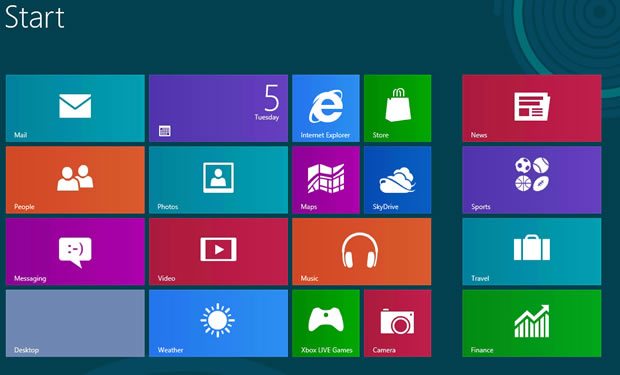“Metro UI Bypass” Boot To Desktop Function To Arrive with Windows 8.1

Windows 8.1 may not be removing the (Metro) UI but it does plan to give users an option to get around it. It is reported that desktop users of the new Windows 8.1 OS will be able to boot straight into the desktop thus entirely avoiding the Metro user interface. This mode will be aptly named “boot to desktop” and lets you come straight into the traditional desktop.
This “boot to desktop” mode was reportedly added at the request of Microsoft partners because many of them say Windows 8 has really hurt sales because it doesn’t seem enough like a desktop OS.Traditional mouse and keyboard users aren’t really fond of the Windows 8 UI and particularly corporate customers who have skipped Windows 8 preferring to stick with Windows 7 until something better arrives. In fact many corporate customers using XP have now been reluctant to upgrade since the relative “failings” of Windows 8 in the corporate market.
It remains to be seen whether this mode will help the fortunes of Windows 8. Clearly the corporate market is resistant to significant changes and Microsoft might also have more success if they re-instated the Windows start menu and button, or at least gave the users the option to do so without having download external third party solutions.
What are your thoughts on a Metro UI Bypass? Does it solve the problem? Or is not a big enough compromise from Microsoft?









Microsoft need to consider why so many customers have been loyal to them for so long and why that has now changed. It isn’t because they don’t like to see new features like the Metro/Modern interface. It’s because humans in general don’t like to feel lost and that is the immediate feeling the end user gets when they try out Windows 8. It is absolutely vital that they give the user the choice to enable or disable the start menu and to be given the option to boot into the familiar desktop.
From there users will inevitably explore the new features that the modern interface brings to them in a way that leaves the user feeling in control. People generally do like to explore after all! Taking control away from the end user is a huge mistake though and it is the familiarity that the traditional Windows start menu and desktop bring to the end user that is the big seller in the first place.
I myself use Windows 8 Pro on a desktop computer with no touch screen and while I like a lot of features and the speedy boot times, I can clearly see some huge glaring mistakes that have been made. Microsoft have a lot of work to do if they want to get back to where they once were. While I do reluctantly recommend Windows 8 to my customers I always suggest downloading a 3rd party made start menu with automated swap to the desktop upon start-up. I would not even consider using Windows RT the way it stands however as it is not a work friendly OS.
And this changes things how? Saves you 1 click on the desktop tile ~ big deal. Compatibility is what is holding people back. I doubt this will make any difference for the corporate world, there is just really no big upside to the transition. I don’t see our office leaving Windows 7 anytime soon, we actually have only been in Windows 7 for a couple of years now, takes time for our corporate software to be made compatible with a new OS and I don’t even know if they are working on a Win8 version.
Win8 may be M.S.’s Edsel